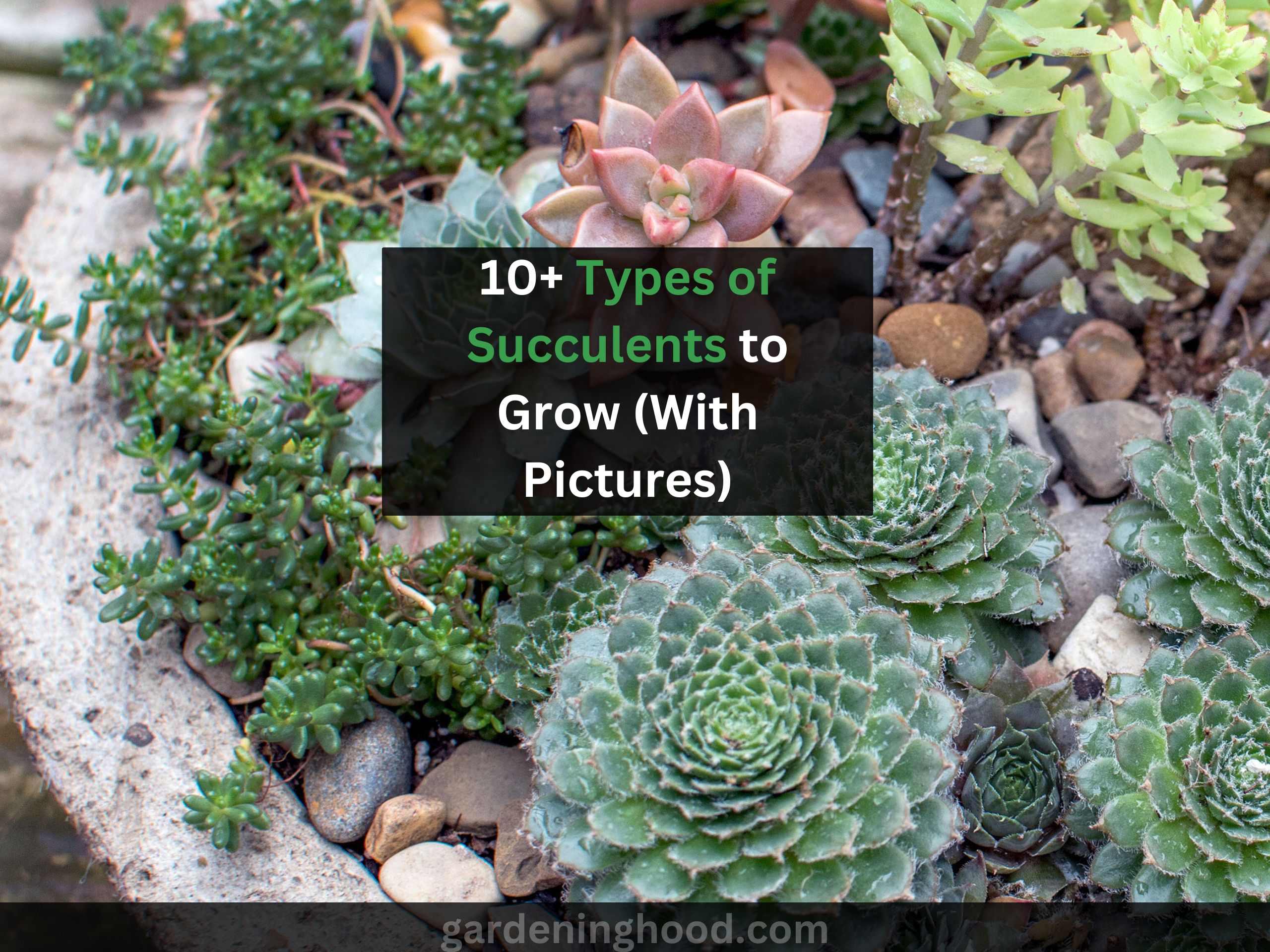How to Grow & Care for Alocasia Macrorrhiza ‘Stingray’ (2023)
Hey folks!! Welcome back!!
Have you ever heard of the Alocasia macrorrhiza ‘Stingray’? It is one of the plants that tend to produce pattern stems, which belong to the Alocasia zebrina. It is a famous indoor plant that is loved by everyone.
Alocasia macrorrhiza ‘Stingray’ requires little care for its growth. They will grow best if you provide them with warm and humid conditions, a good amount of acidic soil, good temperature, pruning, etc.
So, let’s get started to learn how to grow Alocasia macrorrhiza ‘Stingray’ and maintain its growth with the help of this guide.
| Quick information | |
| Common name | Alocasia Stingray, Elephant Ear, giant taro |
| Sunlight | Bright indirect sunlight; Partially shaded |
| Soil used | well-draining soil |
| Water requirements | About once or twice a week |
| Pruning | Removed yellow or dying leaves and plants |
| Mature size | 15 feet (458cm) tall and 8 feet (244cm) wide |
| Bloom Time | Mid-summer |
How to grow Alocasia macrorrhiza ‘Stingray’?
Everyone wants to grow a beautiful plant in their home garden so that it attracts everyone’s attention. Let’s begin with the steps:
Step 1- First, you have to choose the cutting from the healthy parent plant.
Step 2- Cut it with the help of sterilized scissors.
Step 3– In a tray, you have to fill the potting mix that has been used in the parent plant and keep the leaf in it.
Step 4- Now, pat down the soil by watering the stem cutting.
Step 5- Use the plastic sheet to cover the tray so that moisture remains within.
Step 6- Then, after 2-3 weeks you will observe roots from the cuttings and after that, you have replanted them in their new home.
Step 7- Take a good container with more drainage holes, put it in the potting mix, and enjoy the benefits of your plant when it matures.
How to care for Alocasia macrorrhiza ‘Stingray’?
Let’s get started to know the best caring tips for Alocasia macrorrhiza ‘Stingray’ as feeding them with a good amount of nutrients will fulfill your expectations. Below are the tips:

- Sunlight
- Watering
- Soil
- Fertilizer
- Humidity and Temperature
- Pruning
- Potting and Repotting
Let’s know about them in detail:
Sunlight needs
- Alocasia macrorrhiza plant prefers bright direct sunlight for its growth as the full sun will scorch its leaves.
- When you plant this inside, you have to make sure to keep it near the east-facing window or south-facing window.
- Do not give a shock to the plant by directly moving it to the brighter sunlight from the moderate sunlight as it is not good for it.

Watering needs
- Water needed by Alocasia macrorrhiza plants is consistent but overwatering harms this plant and causes root rot in the plant which makes the plant die with time.
- You have to keep in mind to choose a pot that has good drainage holes so that the water does not sit in the soil and drains out easily.
- The general rule of thumb to provide water to the plants is to check the soil moisture and that can be easily done by inserting a finger in the soil and if it feels dry then is the right time to water the plant.
- As you know, the plant grows more at the time of spring season and summer season at that time, you are required to provide it with more water.
- Whereas at the time of winter, you have to give less water than in other seasons as the plant is in its Dormant period at that time.
Soil needs
- You have to choose well-draining soil for the Alocasia macrorrhiza plant as it will grow best in it.
- Also, choosing us while that retain moisture without getting waterlogged.
- Poor draining will result in the root rot is the plant which is not a good sign for the plant as the plant begins to die.
- The ideal pH level for this plant is 5.5 to 6.5.
- You can make your mix by combining equal parts of peat, moss sand, or perlite and some quality soil.
Humidity and Temperature needs

- Alocasia macrorrhiza plants tend to grow in the humid environment as they do not like cold drafts so you have to keep them away from the freezing environment outside.
- The ideal range of temperature for these plants lies between 18°C (64.4°F) to 22 °C (71.6°F).
- They prefer the areas with high levels of humidity for their growth. So you can increase the humidity by spraying the plant with water, especially on hotter days.
- Secondly, you can make use of a pebble tray that should be filled with water and keep it below the pot. It will help to increase the humidity level in the plant and enhance its growth.
Fertilizer needs
- Alocasia macrorrhiza plant likes to receive fertilizer at the time of spring through summer. At that time the plant is actively growing which helps the plant to grow at a faster pace.
- You can make use of liquid fertilizer for your plant as it will help the plant to receive plenty of nutrients.
- The balanced fertilizer ratio for your plant is 10-10-10 or 20-20-20.
- You have to dilute the mixture to the half-recommended strength with water so that it should not be supplied in excess.
- You have to apply the fertilizer to the plant after the span of every two weeks at the time of summer and spring.
Potting and repotting needs
- Alocasia macrorrhiza plant likes to be repotted after the span of every two years when the plant is overgrown, and its roots are coming out from the drainage holes.
- You have to choose the New pot size 2 inches bigger than the previous one so that there is extra space for the route to breathe.
- While repotting the plant, you have to be cautious as the roots are very delicate so repot the plant gently so that the roots do not get hurt.

Pruning needs
- Lastly, the Alocasia macrorrhiza plant likes to be pruned easily and you have to cut off all the dead and discoloring leaves from the plant so that the plant does not get infected
- To maintain a plant’s shape, it is important to prune it off so that new growth emerges in the plant and the plant does not look Messy.
- Look for the steps that need to be removed from the plant then take your instruments like sharp sterilized, scissors or knives for trimming the plant.
- Then wear your gloves and start pruning from the base level to the upper level without hurting the healthy growth of the plant.
Wrapping up the context
Folks, I am happy that you read the full guide and finally know the process to grow your Alocasia macrorrhiza ‘Stingray’ in your garden.
Still, if there remain any queries or doubts, then you can let me know about it or you can read the guide again to understand the process. I hope you are doing great in your gardening field.
So, see you in the next guide till then safe gardening.
Thanks for reading! Happy gardening!


